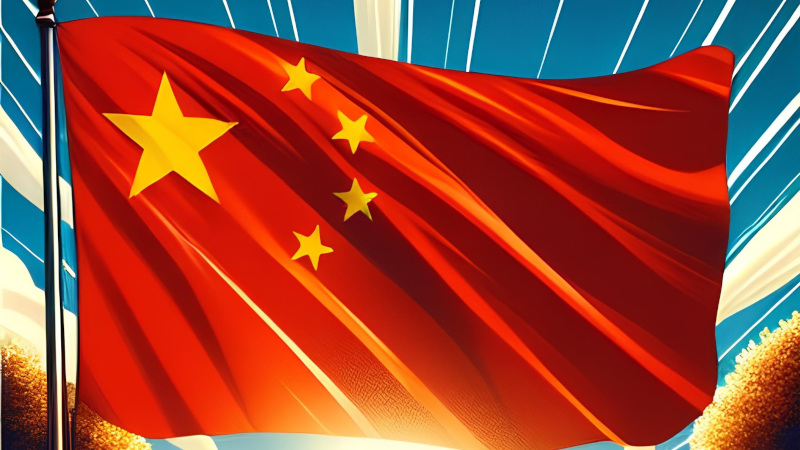Over the past 18 months, Alibaba, Tencent and other Chinese companies have introduced their own AI models in an effort to compete with US market leaders such as OpenAI, Google and Meta

Image source: vocablitz / Pixabay
Baidu, one of China’s largest internet companies, has become a pioneer in the country by launching its own generative AI. Its flagship AI model powers Ernie Bot, an AI chatbot designed to compete directly with ChatGPT. According to the Chinese company, Ernie Bot already has an impressive base of 300 million users. Before the release of the optimized “Turbo” version, Baidu claimed that the capabilities of its latest version, Ernie 4.0, were comparable to OpenAI’s GPT-4. This basic model demonstrates advanced cognitive abilities, including contextual understanding and logical reasoning, placing it among the world’s leading developments in this area. Like other companies, Baidu sells the use of its AI model through its cloud computing division.
Alibaba, an e-commerce and cloud technology company, introduced its set of core AI models called Tongyi Qianwen in 2023. This ecosystem, often shortened to Qwen, includes various specialized versions of AI capable of performing a wide range of tasks. For example, one AI model specializes in creating content and solving complex mathematical problems, while another is better at interpreting audio information and providing textual answers. It is noteworthy that some versions of Qwen AI models are publicly available, but with certain restrictions. In May 2023, Alibaba reported that its AI models had been deployed by more than 90,000 enterprise customers.
Tencent, another tech conglomerate known for its innovations in the social media and gaming industries, is not far behind its competitors. In 2023, the company launched its own core AI model called Hunyuan, available through Tencent’s cloud business, allowing companies to integrate its capabilities into their products and services. According to Tencent, Hunyuan can be used in a variety of areas, from gaming to social media and e-commerce. The AI model has advanced Chinese language processing capabilities, advanced logical thinking, and is capable of generating images and recognizing text. Tencent, which operates WeChat, China’s largest messaging app with more than a billion active users, launched a Hunyuan-based AI chatbot known as Yuanbao in 2024, which has the unique ability to extract information and content directly from WeChat.
Huawei, a global leader in telecommunications and consumer electronics, has taken a creative approach to AI development with its Pangu line of AI models. Unlike competitors’ generic solutions, Huawei has developed a number of specialized AI models focused on specific industries: government, finance, manufacturing, mining and meteorology. This approach allows us to offer clients highly effective solutions that take into account the specifics of their field of activity. An example of the effectiveness of Huawei’s specialized AI models is Pangu-Weather. The company says the model can predict the path of a typhoon 10 days in advance in just 10 seconds, rather than the previous four to five hours. These AI models, sold through the company’s cloud computing business, can also support generative functions such as generating program code and virtual avatars of people.
ByteDance, the company behind the global phenomenon TikTok, entered the AI race late and only launched its own AI model called Doubao in early 2024. However, the company made up for the lag with aggressive pricing, offering access to its AI model at a lower price than competitors. Doubao is capable of generating votes and creating program code, which makes it attractive to a wide range of users. ByteDance’s strategy to enter the AI market with competitive pricing and broad functionality reflects the intense competition in the Chinese AI sector. It also demonstrates how companies that have not previously specialized in AI are actively entering the race, expanding their technology portfolios and seeking to carve out a niche in a fast-growing market segment.